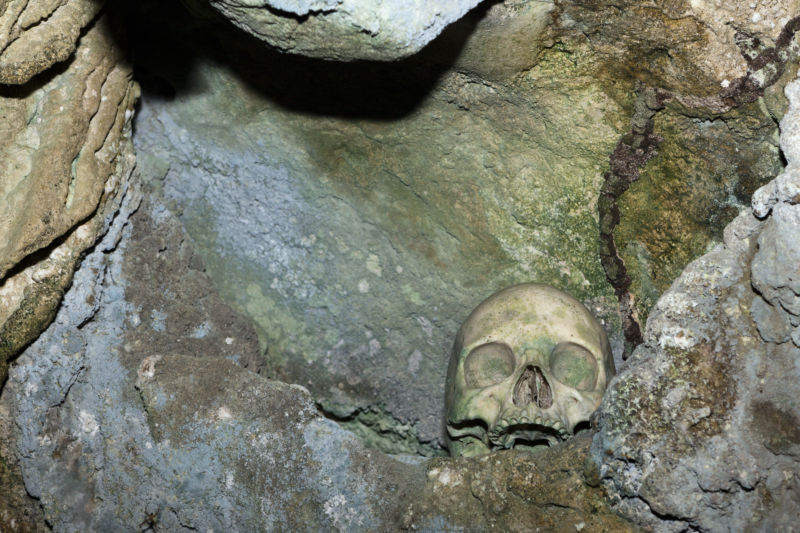For cannibals, here’s the caloric content of humans—it’s just meh
Ars Technica » Scientific Method 2017-04-07

Enlarge (credit: Getty | Reinhard Dirscherl)
According to archeological evidence, the real Paleo diet included some human flesh now and then. But as Ars has reported before, deciphering exactly why our ancient relatives dined on their fellow hominins is tricky and up for debate—was it for rituals, other social reasons, or just good eats? A new study counting up the calorie content of a Paleolithic diet—and human flesh—suggests that cannibals were not thinking with their guts.
By rough estimates, eating all the skeletal flesh off a human—not including the organs—would provide about 32,376 calories. An optimally sized hunting group of 25 male Neanderthals or Pleistocene adults (anatomically modern human) could get about a meal out of that. But if the same group tracked down a boar or cow—which are less cunning and maybe easier to hunt—they’d have three days' worth of meals out of the skeletal flesh. The findings appear Thursday in Scientific Reports.
“On a nutritional level, hominins fall where expected, in terms of calorie content when compared to fauna [animals] of a similar body weight,” the study’s author, archeologist James Cole of University of Brighton, concluded. “However,” Cole went on, when you compare them to the large animals we know our ancestors also ate, “the calorie returns of individuals and groups of hominins are significantly less” than going after that bigger game.